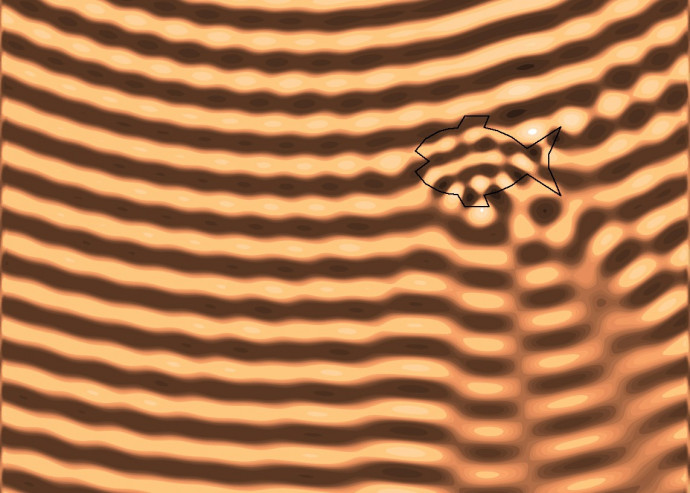Is that buried treasure or a fish? Improving the maths that underlie high resolution imaging

Dr Marie Graff of Waipapa Taumata Rau the University of Auckland has been awarded a Marsden Fund Fast-Start grant to develop new solutions to mathematical problems which affect the accuracy of imaging
Published on 3 Whiringa-ā-rangi November 2022
High-resolution imaging is used in many of the technologies that are used to ‘see through’ things, to discover what is within or below a material. They’re used in medical imaging to see inside us, and in seismic exploration to discover possible deposits of gas, oil and water. These technologies depend on the accurate measurement of signals as they move through the medium that is being looked through. However, current imaging methods suffer from inaccurate information due to random disturbances to signals as they travel – known as noise. These disturbances vary with the type of interactions between object and signal. The result is missing and corrupted data, which leads to poor image resolution.
Adaptive Eigenspace Inversion (AEI) is a new method which improves the accuracy of the mathematical modelling involved in interpreting data into images, mitigating the effects of poor data and substantially decreasing the computational cost and memory requirements. As one of the primary developers of AEI, Dr Marie Graff will collaborate with Dr Bamdad Hosseini from the University of Washington to further explore AEI. Early tests in underwater modelling simulations suggest that this new method outperforms current methods. However, theoretical understanding of this new method is limited, restricting wider applications. Dr Graff will use this Marsden Fund Fast-Start grant to perform a systematic and thorough theoretical analysis of this new method to understand why it is superior to existing methods and to create frameworks to further improve upon its potential usefulness in imaging.

Dr Marie Graff. Photo Supplied.
Forming a better theoretical understanding of AEI could help to extend its use and confirm that we can trust the resulting images it creates. This research will establish AEI as the preferred method for various applications in medicine and seismic prospecting, and will cause a huge shift in the imaging community.
